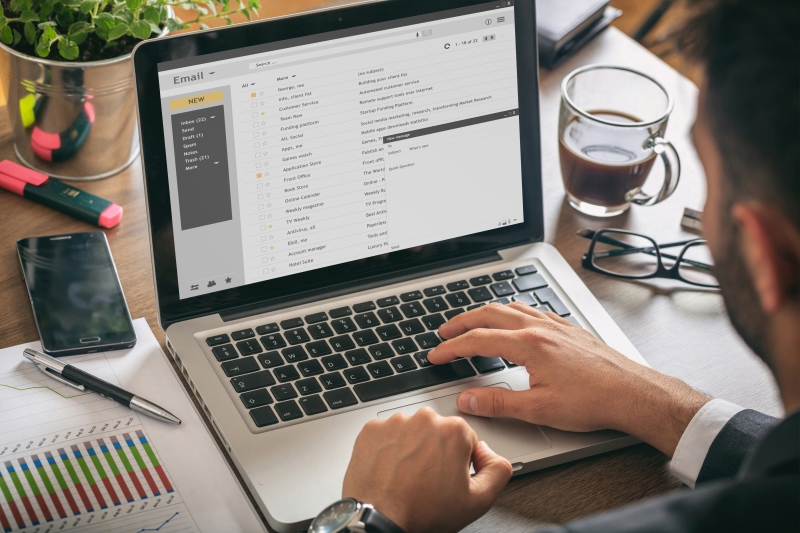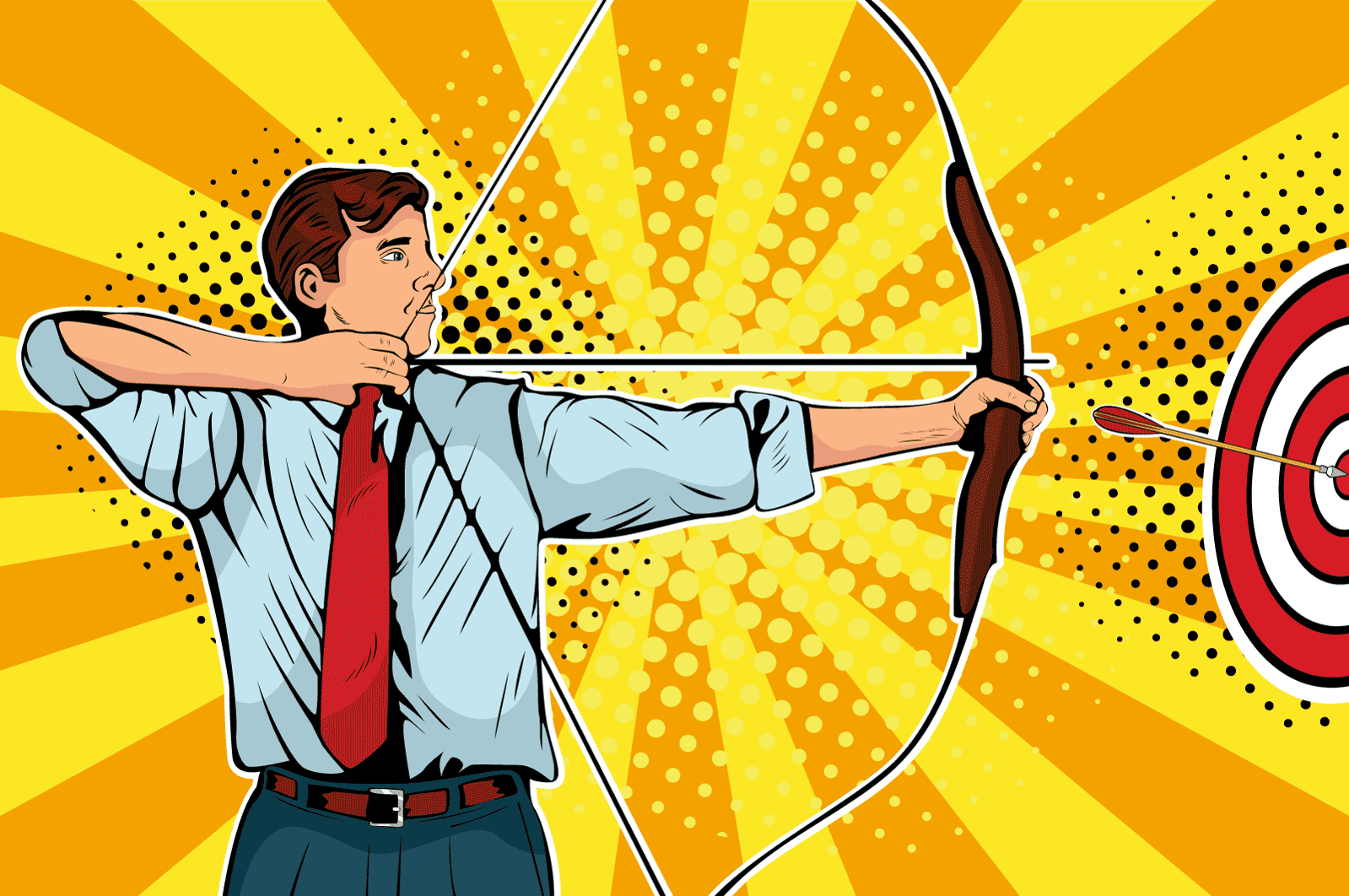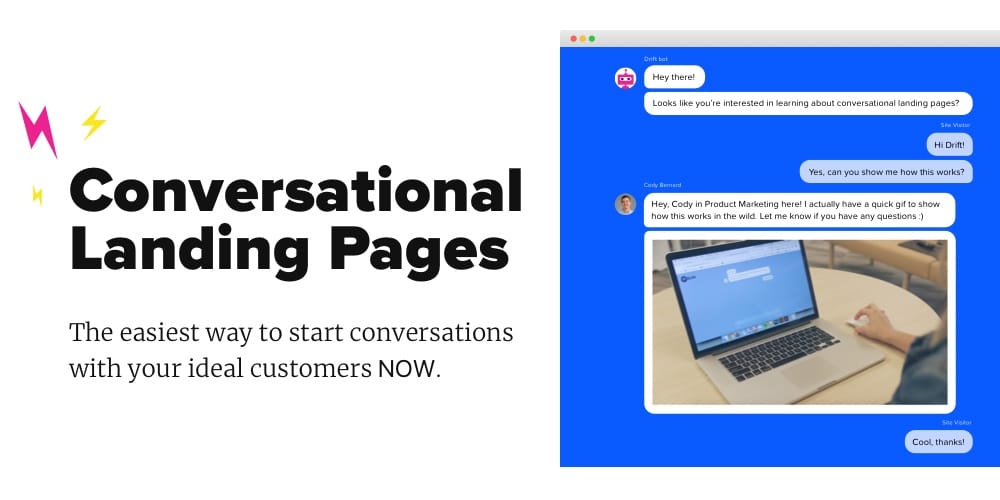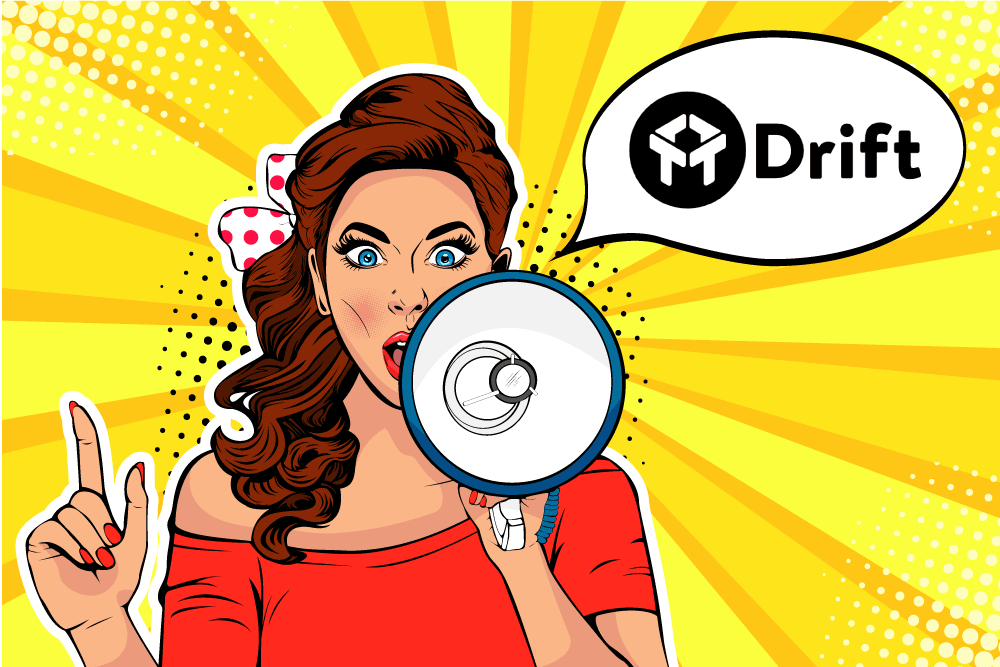Why your phone system strategy is your best growth tool
Don’t let your leads go to voicemail. Forget about expensive call centres or work phones. Aircall is the cloud-based phone system your business needs.
Don’t let your leads go to voicemail. Forget about expensive call centres or work phones. Aircall is the cloud-based phone system your business needs.

What is an email marketing campaign and where do you start? We talk you through the basics,...

Do you know exactly who your target audience is? In this blog, we discuss how to pinpoint your...

Find out how to incorporate chatbots into your conversational marketing strategy to help you...

Conversational landing pages use bots to learn what your website visitors are looking for and send...

Conversational Marketing is a new movement, aiming to connect with customers on a personal basis to...